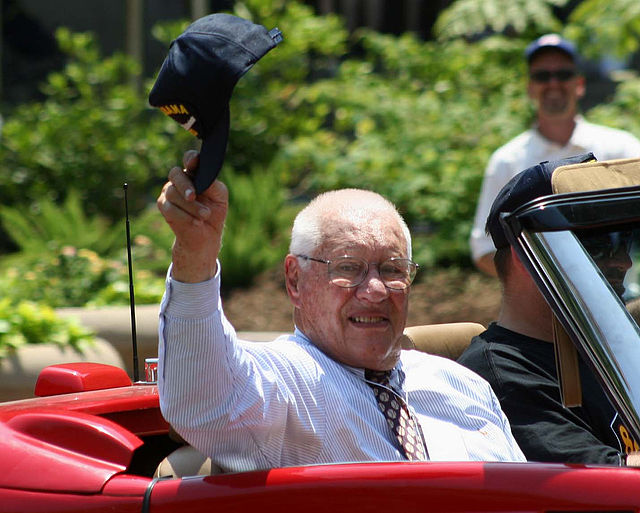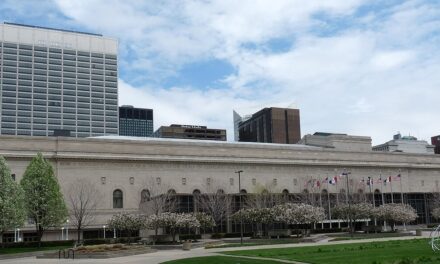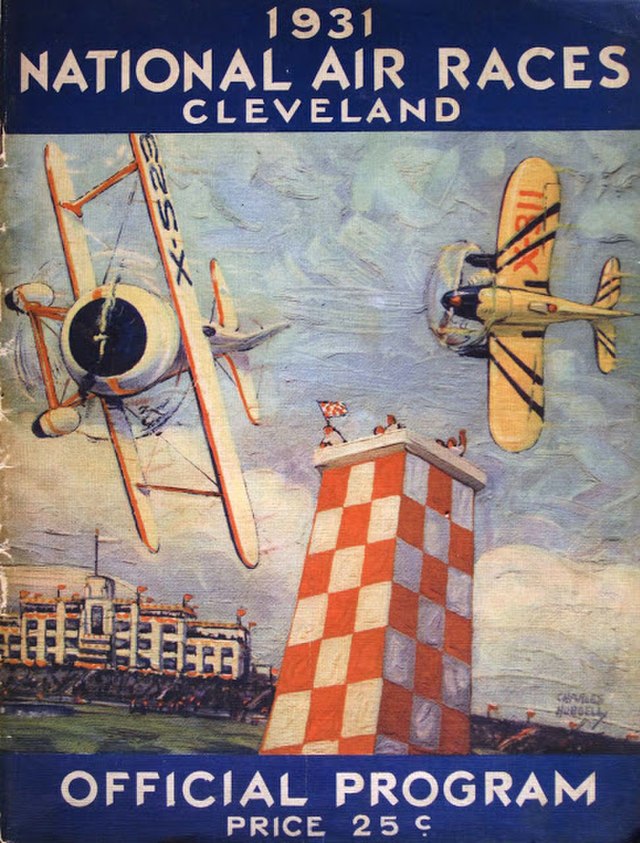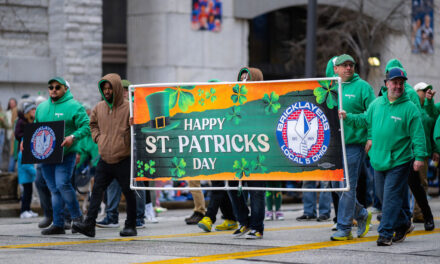CLEVELAND HISTORY
Cleveland Trust Company Building Opened (September 1, 1908):
The Cleveland Trust Company Building, an architectural landmark at East 9th Street and Euclid Avenue, officially opened to the public. Designed by George B. Post and featuring a stunning stained-glass dome by Louis Comfort Tiffany Studios, it became a prominent symbol of Cleveland’s economic growth in the early 20th century.
Cleveland’s First Labor Day Parade (September 2, 1889):
Organized by local labor unions, Cleveland held one of its earliest major Labor Day parades downtown. The event highlighted growing labor activism in the city during the late 19th century, as workers rallied for fair wages, shorter hours, and safer working conditions.
Cleveland Indians Pitcher Bob Feller Returns from WWII (September 3, 1945):
After serving nearly four years in the U.S. Navy during World War II, Cleveland Indians pitcher Bob Feller was honorably discharged and returned home. His comeback was widely celebrated by fans, and he resumed his legendary baseball career shortly afterward.
League Park Final Major League Game (September 4, 1946):
Cleveland’s historic League Park, once home to the Cleveland Indians, hosted its final Major League Baseball game. The team fully transitioned to Cleveland Stadium after this date. League Park had served the city since 1891 and witnessed many historic moments, including Babe Ruth’s 500th home run.
Cleveland National Air Races Resume Post-WWII (September 5, 1946):
After being suspended during World War II, the Cleveland National Air Races returned to the city’s airport, drawing large crowds. The event showcased aviation innovation and was part of Cleveland’s long tradition of involvement in early aeronautics.
WORLD HISTORY
Death of King Louis XIV of France (September 1, 1715):
After a reign of 72 years—the longest of any monarch of a major country—“The Sun King,” Louis XIV, died of gangrene at Versailles, ushering in a new era in French history.
Great Kantō Earthquake (September 1, 1923):
A catastrophic magnitude 7.9 earthquake struck the Kantō region of Japan, devastating Tokyo and Yokohama, killing over 140,000 people, and causing significant social and economic upheaval.
Joseon Dynasty’s Civil Service Exams Abolished (September 2, 1905):
The millennia-old imperial examination system in Korea’s Joseon dynasty (then under Japanese influence) was abolished, ending a centuries-long tradition in governance and education.
Treaty of Portsmouth Ends Russo-Japanese War (September 5, 1905):
Mediated by U.S. President Theodore Roosevelt, the Treaty of Portsmouth officially ended the Russo-Japanese War. As a result, Russia ceded territory and influence in East Asia to Japan.
Circumnavigation Completed (September 6, 1522):
The ship Victoria, part of Ferdinand Magellan’s fleet, returned to Spain under the command of Juan Sebastián Elcano, completing the first circumnavigation of the globe.






